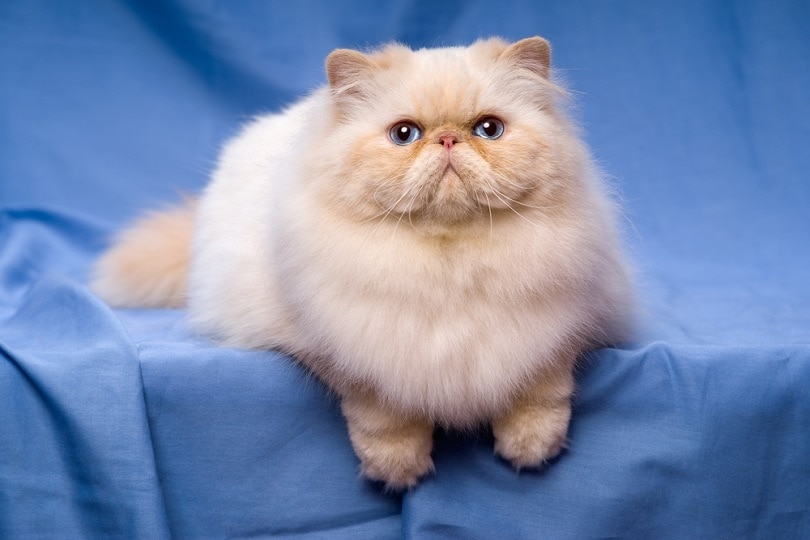Have you ever wondered about the different colors and patterns of Persian cats? These majestic felines are well-known for their luxurious coats, but did you know that they come in a wide variety of colors and patterns? In this article, we’ll explore the fascinating world of Persian cat colors and patterns, from the popular solid colors to the captivating tabby patterns. Whether you’re a cat enthusiast or simply curious about these beautiful creatures, you’ll learn more about the stunning diversity within the Persian cat breed.
Persian cats are famous for their long, silky coats, but what many people may not realize is that their coats can come in an array of shades. Solid colors are among the most common, with options ranging from white to black and everything in between. These solid-colored Persians are like living works of art, showcasing a single, vibrant hue that demands attention. But it doesn’t stop there – there are also Persian cats with bi-color and tri-color coats, featuring different combinations of white and other colors. It’s truly amazing how many variations can be found among these majestic felines. So, if you’re interested in learning more about the different colors and patterns of Persian cats, keep reading because we’ll dive even deeper into this captivating topic. Stay tuned!
The Different Colors and Patterns of Persian Cats
Persian cats are known for their beautiful and luxurious coats, which come in a variety of colors and patterns. In this article, we will explore the different coat colors, patterns, eye colors, and body structure of Persian cats. We will also discuss their grooming needs, personality traits, health considerations, feeding requirements, exercise needs, training tips, and environmental adaptability. Read on to learn more about the fascinating attributes of Persian cats.
Physical Characteristics
Persian cats are well-known for their distinct physical features, which contribute to their elegant and regal appearance. Let’s delve into some of their physical characteristics.
Coat Color
The coat color of a Persian cat refers to the color of its fur. Persians come in a wide range of coat colors, including solid colors, tabby colors, and smoke colors.
Coat Pattern
Coat patterns refer to the markings and designs on a Persian cat’s fur. There are various coat patterns, such as tabby patterns, bi-color patterns, and calico and tortoiseshell patterns.
Eye Color
Persian cats possess captivating eyes that come in different shades. Eye colors commonly seen in Persians include blue eyes, golden eyes, copper eyes, and green eyes.
Body Structure
The body structure of Persian cats is characterized by their large and muscular bodies, distinctive head shape, and fluffy tails. These physical features contribute to their overall majestic appearance.
Coat Colors
The coat color of a Persian cat plays a significant role in defining its individuality and beauty. Let’s explore the different coat colors seen in Persian cats.
Solid Colors
Solid-colored Persian cats have coats that are entirely of one color. Popular solid colors include white, black, cream, blue, red, and chocolate.
Tabby Colors
Tabby-colored Persian cats have coats with a characteristic pattern known as “tabby.” Common tabby colors seen in Persians include brown, silver, blue, and red.
Smoke Colors
Smoke-colored Persian cats have a unique coat coloration that gives them a smoky or frosted appearance. Smoke colors often display a contrast between the roots and the tips of the fur.
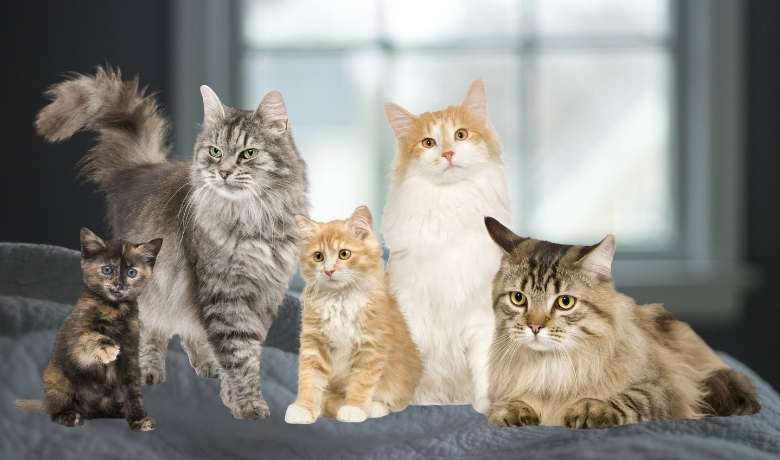
Coat Patterns
Coat patterns add an extra layer of charm to Persian cats. Let’s explore the different coat patterns commonly seen in this breed.
Tabby Patterns
Tabby patterns consist of distinctive markings that create beautiful designs on a Persian cat’s fur. Examples of tabby patterns include classic tabby, mackerel tabby, and spotted tabby.
Bi-color Patterns
Bi-color patterns feature contrasting colors on a Persian cat’s coat. This creates a distinct division between the top and bottom halves of their bodies. Popular bi-color patterns include tuxedo, van, and harlequin.
Calico and Tortoiseshell Patterns
Calico and tortoiseshell patterns are characterized by a combination of two or more colors on a Persian cat’s fur. These unique patterns create a mottled and intricate appearance.
Eye Colors
The mesmerizing eyes of Persian cats add depth and allure to their overall beauty. Let’s explore the different eye colors commonly seen in Persians.
Blue Eyes
Persian cats with blue eyes have a striking and captivating gaze. Blue-eyed Persians are often associated with a serene and gentle demeanor.
Golden Eyes
Golden eyes are a common eye color seen in Persian cats. These shimmering eyes add a touch of warmth and richness to their overall expression.
Copper Eyes
Copper eyes are known for their warm and amber-like coloration. Persian cats with copper eyes exude a sense of depth and intensity.
Green Eyes
Green eyes are a striking eye color often seen in Persian cats. These eyes add a hint of mystery and depth to their overall appearance.
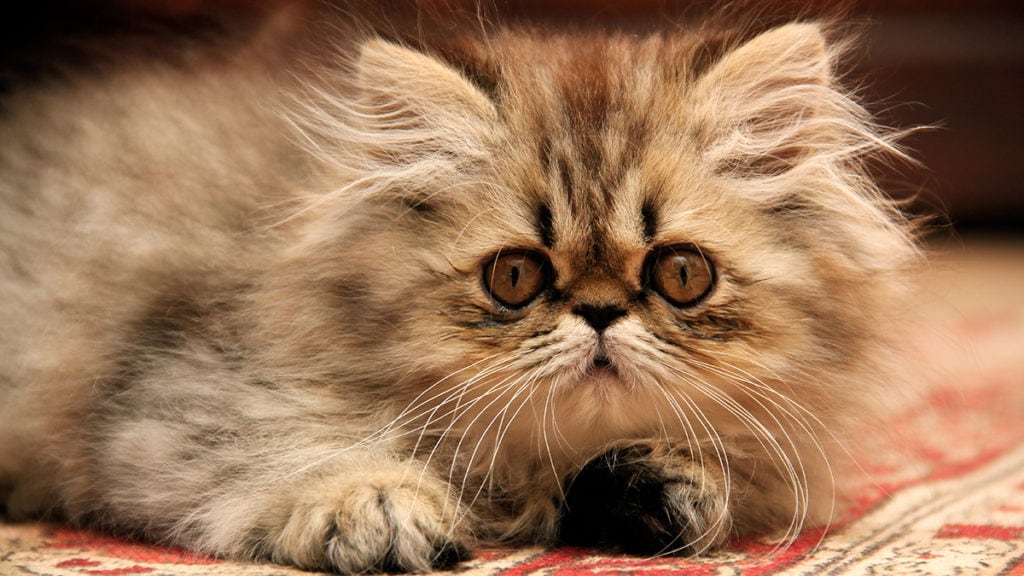
Body Structure
The body structure of Persian cats contributes to their overall elegance and grace. Let’s explore the notable physical attributes of Persian cats in more detail.
Large and Muscular Body
Persian cats have a large and muscular body, giving them a sturdy and substantial appearance. Their well-built physique adds to their regal demeanor.
Distinctive Head Shape
Persian cats are known for their unique head shape, characterized by a round face and a flat nose. This distinctive feature enhances their adorable and endearing facial expression.
Fluffy Tail
One of the most characteristic features of Persian cats is their fluffy tail. The voluminous and luxurious tail adds to their overall beauty and grace.
Grooming Needs
Persian cats require regular grooming to maintain the health and beauty of their coats. Let’s explore the grooming needs of Persian cats in more detail.
Daily Brushing
Persian cats have long and thick coats that tend to mat easily. Daily brushing helps prevent tangles and keeps their fur in optimal condition.
Bathing
Regular bathing is essential to keep a Persian cat’s coat clean and free from dirt and oils. It is recommended to use cat-specific shampoos and to dry the cat thoroughly after bathing.
Nail Trimming
Persian cats’ nails can grow long and sharp, which may cause discomfort or damage. Regular nail trimming using appropriate cat nail clippers helps keep their nails at a manageable length.
Ear Cleaning
Persian cats are prone to earwax buildup and ear infections. Regular ear cleaning using cat-specific ear cleaners and cotton balls helps prevent these issues.
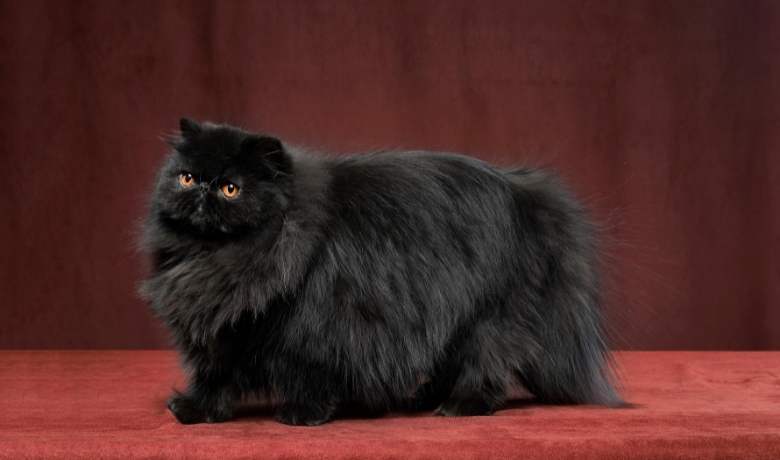
Personality Traits
Persian cats are known for their gentle and affectionate nature. Let’s explore their personality traits in more detail.
Gentle and Affectionate
Persian cats have a gentle and loving nature, often seeking attention and affection from their human companions. They enjoy being cuddled and petted.
Playful and Curious
Despite their calm demeanor, Persian cats can be playful and curious. They enjoy interactive play sessions and exploring their surroundings.
Independent Nature
Persian cats also possess an independent streak. They are content with spending time alone and can entertain themselves with toys and activities.
Quiet and Calm
Persian cats are generally quiet and calm. They are not known for excessive meowing or hyperactive behavior, making them suitable companions for a peaceful household.
Health Considerations
Persian cats are prone to certain health conditions. Let’s explore some of the health considerations associated with this breed.
Polycystic Kidney Disease
Polycystic kidney disease is a genetic condition commonly seen in Persian cats. Regular monitoring and early detection can help manage this condition.
Hypertrophic Cardiomyopathy
Hypertrophic cardiomyopathy is a heart condition that can affect Persian cats. Regular veterinary check-ups and monitoring of heart health are important for early detection and management.
Respiratory Problems
Persian cats have a shortened nose and flat face, which can lead to respiratory issues. It is important to keep their environment clean and free from irritants to minimize the risk of respiratory problems.
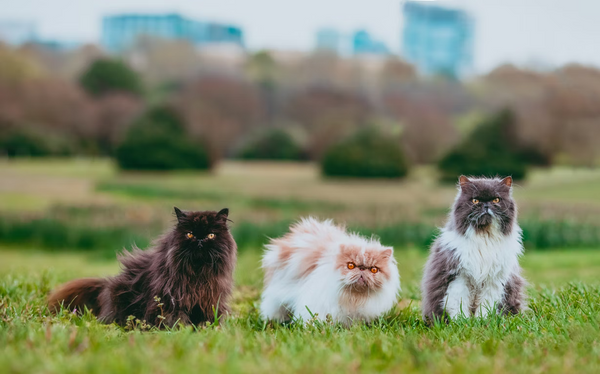
Feeding Requirements
Proper nutrition is crucial for the overall health and well-being of Persian cats. Let’s explore their feeding requirements in more detail.
Premium Quality Cat Food
Persian cats should be fed a high-quality cat food that is specifically formulated for their nutritional needs. Look for cat food that contains real meat and avoids artificial additives.
Proper Portion Control
Portion control is essential to prevent obesity in Persian cats. Carefully measure the appropriate amount of food and avoid overfeeding.
Hydration
Ensuring adequate hydration is important for Persian cats. Provide fresh and clean water in easily accessible bowls to encourage regular drinking.
Exercise Needs
While Persian cats are generally calm and low-energy, they still require regular exercise to maintain their overall health. Let’s explore their exercise needs in more detail.
Indoor Playtime
Persian cats can benefit from indoor playtime, which helps stimulate their bodies and minds. Provide them with interactive toys, scratching posts, and climbing structures to encourage exercise and mental stimulation.
Interactive Toys
Interactive toys that encourage movement and engagement are ideal for Persian cats. Toys that involve chasing, pouncing, and batting can help fulfill their exercise needs.
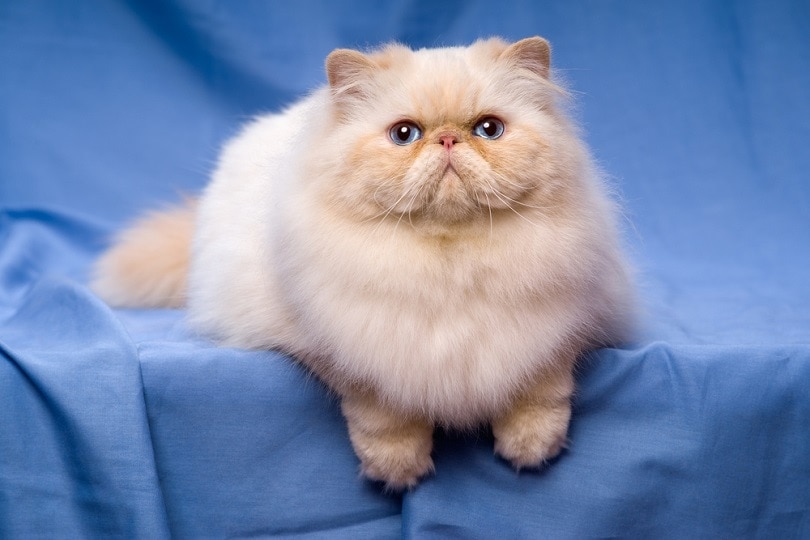
Training Tips
Training Persian cats can be a rewarding experience for both owners and cats. Let’s explore some training tips that can be beneficial for Persian cats.
Litter Box Training
Litter box training is essential for Persian cats to ensure good hygiene and proper elimination habits. Use a litter box with low sides and show them where it is located.
Scratching Post Training
Persian cats should be provided with appropriate scratching posts to fulfill their natural instincts. Encourage them to use the scratching posts by placing treats or catnip on them.
Behavioral Training
Persian cats can be trained to exhibit desired behaviors and to discourage unwanted behaviors. Positive reinforcement techniques, such as treats and praise, can be effective in training them.
Environmental Adaptability
Persian cats have varying degrees of adaptability to different environments. Let’s explore their environmental adaptability in more detail.
Indoor vs Outdoor Living
Persian cats are generally better suited for indoor living, as they are more vulnerable to certain risks and health issues when exposed to the outdoors. Indoor living provides them with a safer and more controlled environment.
Temperature Sensitivity
Persian cats are sensitive to extreme temperatures, particularly heat. It is important to keep them in a climate-controlled environment to ensure their comfort and well-being.
Interaction with Other Pets
Persian cats can coexist harmoniously with other pets if introduced properly and given proper socialization. Let’s explore their interaction with other pets in more detail.
Introducing to Other Cats
When introducing a Persian cat to another cat, it is important to do so gradually and under controlled circumstances. Provide separate areas for each cat initially and gradually allow supervised interaction.
Compatibility with Dogs
Persian cats can get along well with dogs if they are properly introduced and given time to adjust. Supervised interactions and positive associations through treats and praise can help foster a harmonious relationship.
Conclusion
Persian cats are truly a remarkable breed, with their beautiful coat colors, patterns, eye colors, and distinctive body structure. Their grooming needs, personality traits, health considerations, feeding requirements, exercise needs, training tips, and environmental adaptability all contribute to their unique characteristics as pets. If you are considering adding a Persian cat to your family, it is important to understand and appreciate the various aspects of their care and well-being. By providing them with the love, attention, and care they deserve, Persian cats can be wonderful companions for many years to come.
Question and Answers:
-
Q: What are the most common coat colors seen in Persian cats? A: The most common coat colors seen in Persian cats include white, black, cream, blue, red, and chocolate.
-
Q: Are Persian cats prone to any specific health conditions? A: Yes, Persian cats are prone to conditions such as polycystic kidney disease, hypertrophic cardiomyopathy, and respiratory problems.
-
Q: How often should I groom my Persian cat? A: Persian cats require daily brushing to prevent tangles and matting. Regular bathing, nail trimming, and ear cleaning should also be part of their grooming routine.
-
Q: What are the personality traits of Persian cats? A: Persian cats are known for their gentle and affectionate nature. They are also playful, curious, independent, and generally quiet and calm.
-
Q: Can Persian cats live outdoors? A: Persian cats are generally better suited for indoor living due to their vulnerability to certain risks and health issues when exposed to the outdoors.
-
Q: What should I feed my Persian cat? A: Persian cats should be fed a high-quality cat food that is specifically formulated for their nutritional needs. Avoid overfeeding and practice portion control to prevent obesity.
-
Q: Do Persian cats require exercise? A: While Persian cats are generally calm and low-energy, they still require regular exercise to maintain their overall health. Indoor playtime and interactive toys can help fulfill their exercise needs.
-
Q: Can Persian cats be trained? A: Yes, Persian cats can be trained. Litter box training, scratching post training, and behavioral training are all possible with positive reinforcement techniques.
-
Q: Are Persian cats compatible with other pets? A: Persian cats can coexist harmoniously with other pets, including cats and dogs, if properly introduced and given proper socialization.
-
Q: Are Persian cats temperature-sensitive? A: Yes, Persian cats are sensitive to extreme temperatures, particularly heat. Keeping them in a climate-controlled environment is important for their comfort and well-being.
